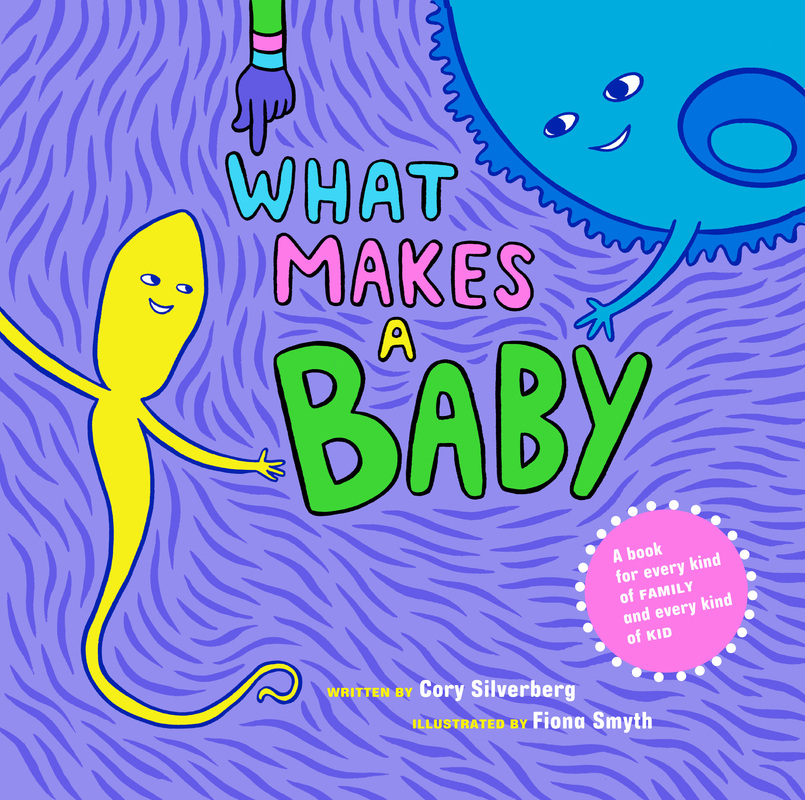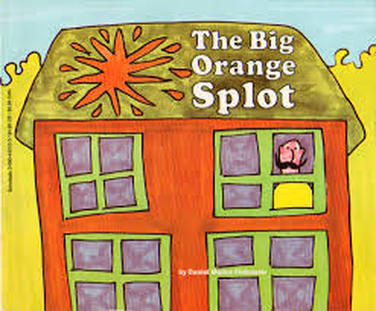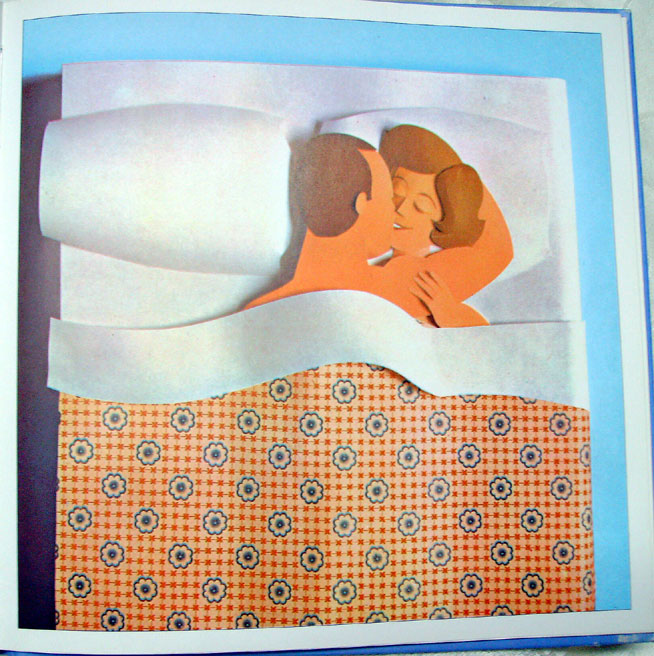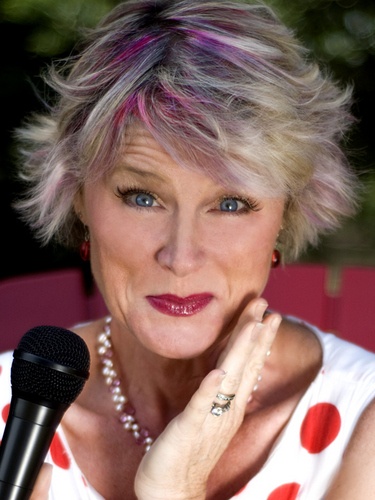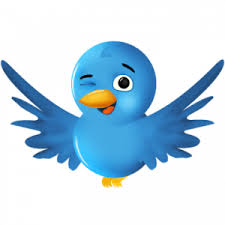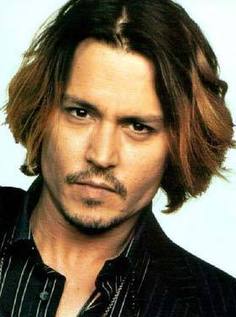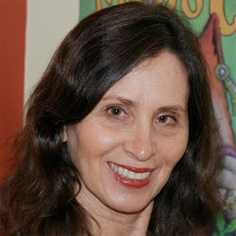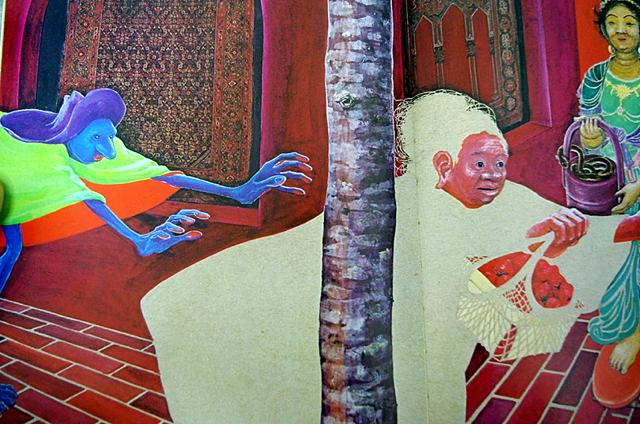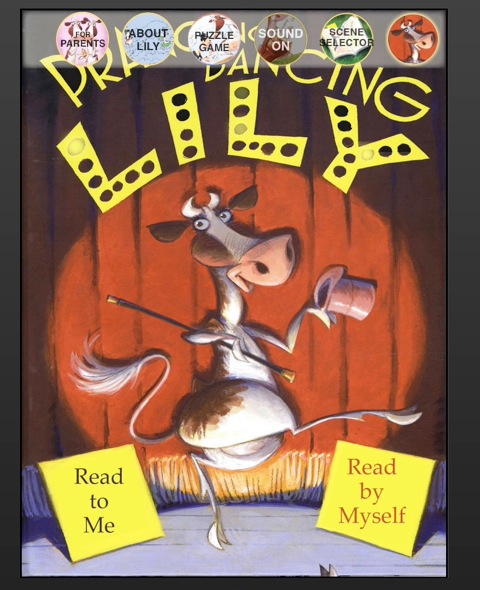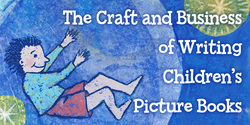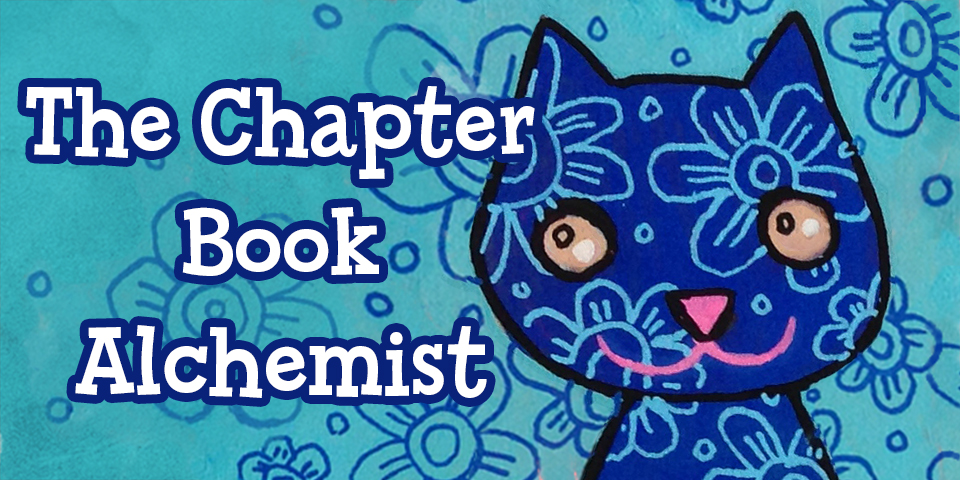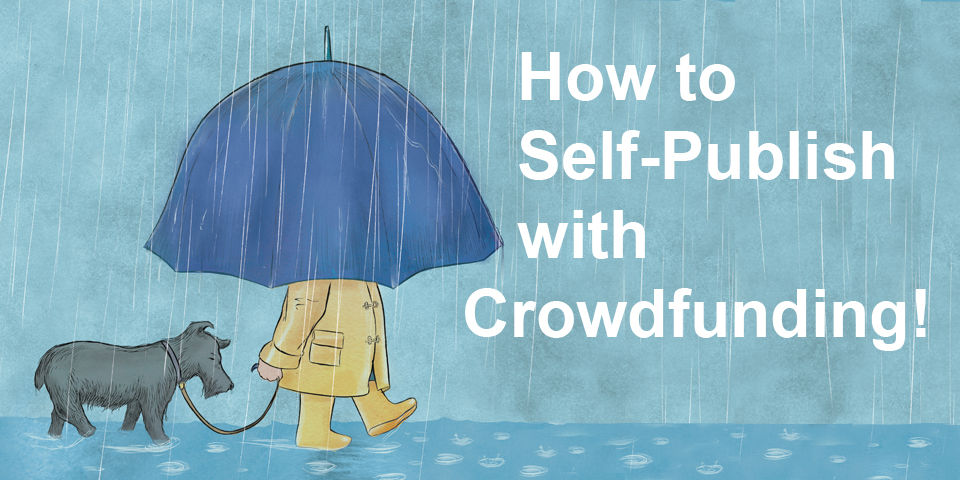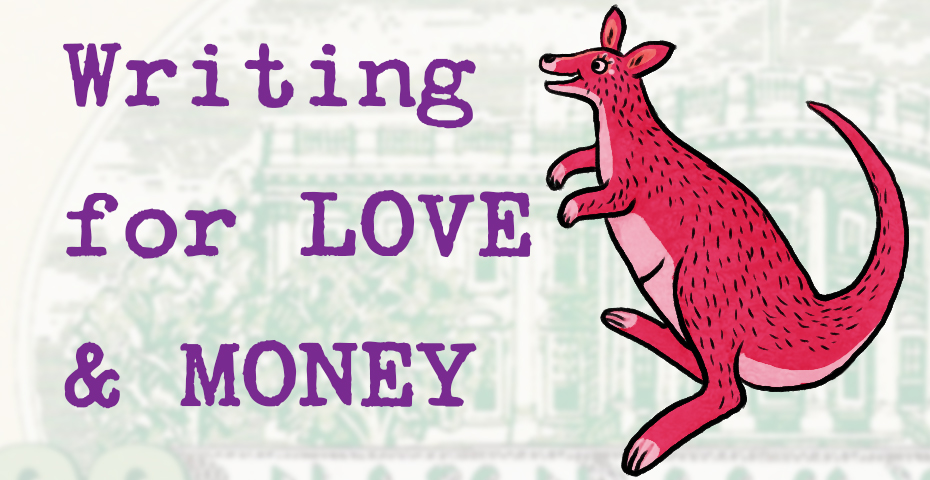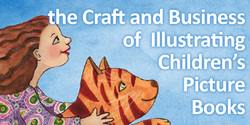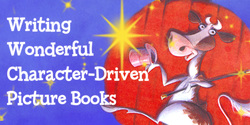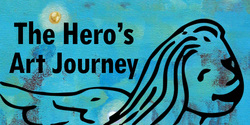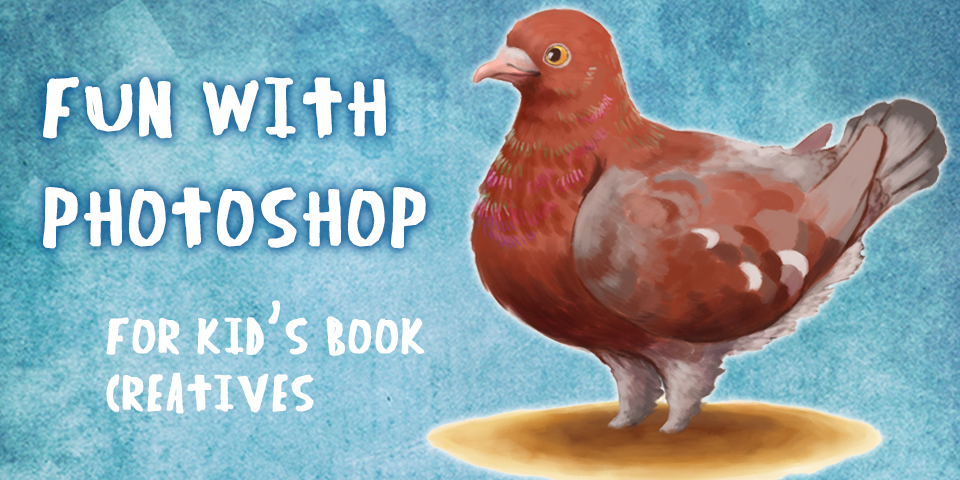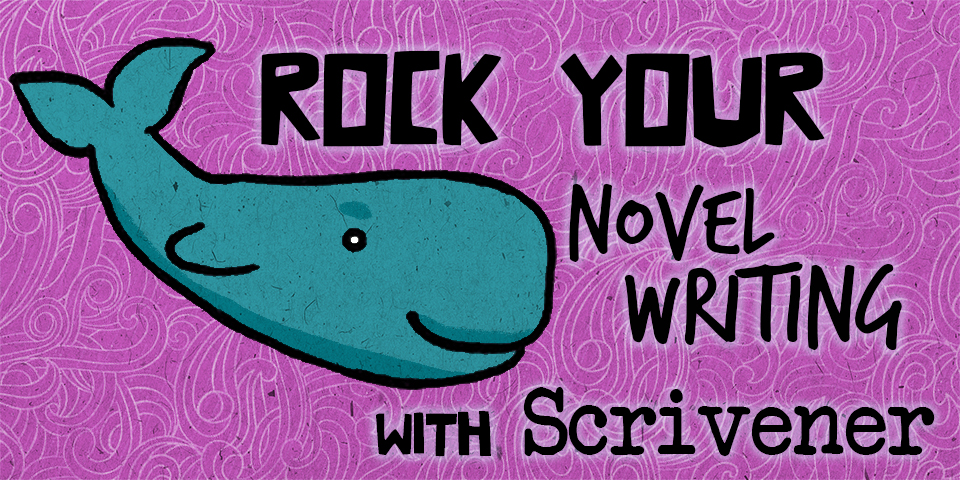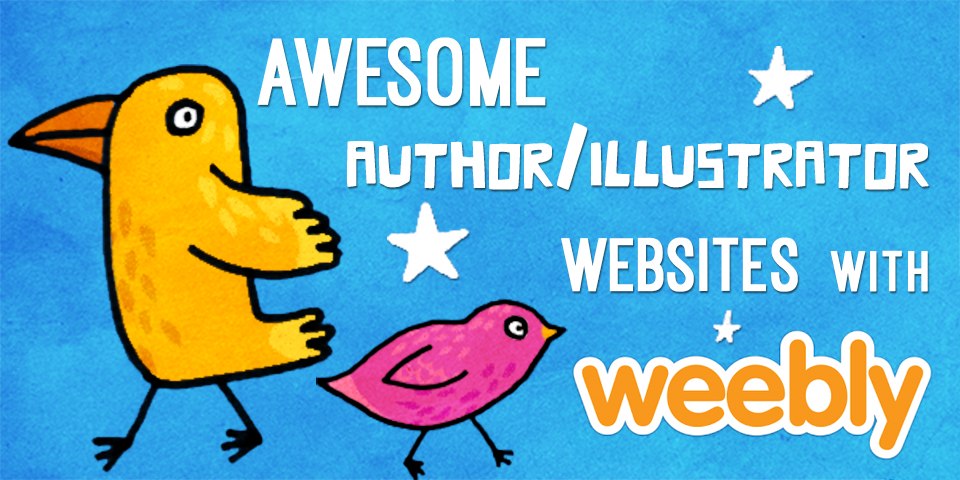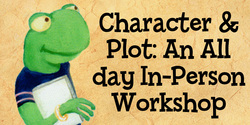|
As the author of 10,000 Dresses, a children's book about a girl who very firmly does not identify with the [male] gender she was labeled with at birth, it's probably not a big surprise that any kids' lit that deals with gender (and all its congeries of related themes) interests me greatly. So, I'd like to talk about a "how babies are made" book that blew apart even my very progressive (or so I thought!) ideas about gender and biology. All this with bold and colorful illustrations to boot! I'm talking about the new picture book What Makes a Baby, written by Cory Silverberg, and illustrated by Fiona Smyth. (Full disclosure: although What Makes a Baby was originally self-published, it has subsequently been picked up by Seven Stories Press, the same folks who published 10,000 Dresses. That said 1) I don't know Cory at all (not even on Facebook!), 2) no one at Seven Stories has been told I'm writing this book review and 3) - most important of all - I'm really really really bad at faking enthusiasm for things I don't like! So, with those provisos in mind... First let me talk about the art. The illustrations, as I said, are rendered in a style that I personally like a lot, though I know some people find such work grating. I would describe it as Todd Parr (who I love) meets Keith Haring (ditto). It also hearkens back to the post-hippy kids' book art which cropped up a lot in my own late 1970's childhood: for instance Daniel Pinkwater's The Big Orange Splot (another book I'm a fan of). To wit, the style looks very hand-rendered in magic marker: everything has a thick black outline, and the colors you get, if not Red, Yellow, or Blue, certainly don't get any more exotic than their preschool offspring, Green, Purple and Orange. It instantly evokes the era when we were all free to be you and me ARTISTS, and we had all probably just been eating something freaky far-out like tofu or frozen yogurt. Or carob. I'm just sayin'. Again, personally I LIKE this art style: I'm a big fan of big shapes, striking yet simple composition, and high contrast colors. And the fact that it evokes the various strains of 70's utopianism, I for one appreciate, and find thoroughly fitting. (And I am not using the term 'utopian' dismissively, please note!) Okay- now on to the text and the content thereof. As I said earlier it blew me away- in that it shook up idées fixes I didn't even know I had. A tiny sample of text, I think, will show how very differently this book handles ye olde narration of conception: "When grown-ups want to make a baby they need to get an egg from one body and sperm from another body. They also need a place where a baby can grow." This is all completely true and accurate, and yet, notice how many ye olde words DON'T appear in the above, words like man, women, mother, father, male, female, penis, vagina. In fact, none of these terms are mentioned ONCE in the entire text! Meanwhile, the book describes and depicts the uterus, also a c-section birth, provides an emotionally vivid portrayal of labor, PLUS it gives a very child-friendly explanation of DNA, so please don't think the book is vague or skimpy in anyway. It just makes the decision to do away completely with any formulation of father=man=penis=penetration=sperm, or of mother=woman=vagina=receptive=egg + uterus. (In the old model, both egg and uterus are always furnished by the same woman, of course! For how could it be otherwise? [=sarcasm smiley here]) By point of comparison, here's an image from the book *I* grew up with - "How Babies Are Made"- showing the, ahem, titular moment. (I wish I could find the full text online somewhere- I would love to do a sentence by sentence comparison of these two books! I'm sure the language used is VERRRY different, every step of the away. But I think this picture alone rather proves my point. (Many a dissertation could be derived just from THAT BEDSPREAD.) Anyway, I for one am thrilled at the arrival of this book - Cory's book, not the bedspread one. I live in the SF Bay Area, where a bazillion people I know of every gender identification are in every sort of family configuration you can imagine. The field-day that the press had a few years back with Thomas Beatie, dubbed 'the pregnant man,' seems absolutely antediluvian to many of us. As a new(ish) internet meme asserts: "Some women have penises. Some men have vaginas. Get Over It."
Free to be, you and me, kids.
7 Comments
Chances are we all love to laugh. But how many of us have truly sat down and pondered WHAT we find funny? Well, that is precisely what I have been doing lately in preparation for this blog. In a recent poll on Facebook, I asked fellow writers what picture books they find funny. And as predicted, the answers were varied. Some people are particularly drawn to the personality of a character and the situations the characters are in. Others find humor in the illustrations or the author’s word choices. And some debated the humor of “potty jokes” or nudity. Throughout the coming months we will be exploring all of these types of funny through picture book examples and engage in conversation that will hopefully leave you all laughing. But to kickoff this topic, I scoured my personal library to bring you my own list. What Makes Marcie Laugh ~ 3 types of humor 1) The unexpected ~ Growing up I was a huge fan of The Twilight Zone mainly because I love a good surprise or twist at the end--especially, if it leaves me laughing out loud. Lately, a favorite book with unexpected humor is “Bark, George” by Jules Fieffer. 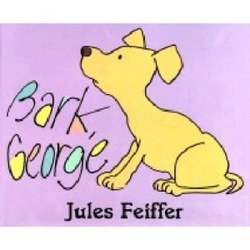 In “Bark, George”, George’s mother is constantly trying to get him to bark because George is a dog. However, George says “meow,” “moo,” and “quack.” The veterinarian gets to the bottom of the problem, or does he? It’s a real page turner that has its readers “tee-heeing” throughout, but leaves the real laughter until the final spread. 2) The wicked or dark ~ I happen to love Jon Klassen’s “I Want My Hat Back” but I realize that not everyone does. In fact, readers of kid lit have made a sport out of debating the brilliance or inappropriateness of the book. In my opinion, it is a simple little tale which lets the reader in on the joke as Bear journeys through the forest looking for his lost hat, encountering lies and excuses along the way. In the end, Rabbit gets his due and Bear gets his hat back. And although none of the behavior is commendable, it does teach the lesson that there are consequences to our actions—so don’t mess with something big enough to eat you. It’s a breath of fresh air in a world obsessed with sheltering our children from anything that we might consider scary, lest we forget the power and charm of Grimm’s fairytales. 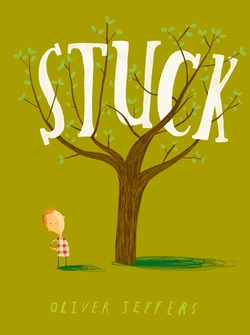 3) The ridiculous. Lastly, I love a story that is so wacky that it keeps me laughing at the absurdity. One such book for me is “Stuck” by Oliver Jeffers. Floyd gets his kite stuck in a tree and throws his shoe to try and knock it down. However, the shoe gets stuck. So he throws the other shoe. You guessed it. Stuck. So more items are thrown. A cat. The kitchen sink. And when Floyd finally grabs the ladder he doesn’t climb up it, but throws it up into the tree where it gets stuck. It’s the ability to just suspend my disbelief and laugh that has me rolling on the floor during this madcap tale. Every fourth Friday of the month we will be taking a closer look at our funny bones to see what makes us laugh. Most specifically, we will be focusing on humor in picture books. You might be surprised by what we find. So consider joining in on this exploration of what makes us laugh. And please share in the comments your favorite books that contain “unexpected,” “dark/wicked,” or “ridiculous” humor. Ha-Ha for now, Marcie Bio Marcie Colleen is a children's book writer living in Brooklyn, NY and a member of the Society of Children's Book Writers and Illustrators. She loves running, photography, cooking, playing her guitar and ukelele, and crafts. Marcie also has her own blog The Write Routine at http://writeroutine.blogspot.com/ where she shares all sorts of helpful writerly stuff, and another site http://www.thisismarciecolleen.com/ where she writes brilliant curriculum guides for children's book authors.
The term “writer’s platform” is a less-commercial way of saying “author branding.” It means how you present yourself to the public, and how you are seen/viewed by readers, agents, editors, fellow writers or illustrators, and anyone else paying attention. It’s a way of showing your unique qualities that “brand” you as a person, as a writer or artist. Writer’s Digest explains a platform as your visibility as an authora creator, utilizing your personal ability to sell books through who you are, the connections you have, and the media outlets you use. How is that done? Your personal platform is created through every public forum you create or use, such as your website, blog, newsletter, author visits, media interviews, conference presentations, and whatever social media you are using, be it Facebook, Twitter, Pinterest, etc. Don’t think of it as your “image,” though, because image implies something perceived. You’ll be putting the real, flawed you out there, just like you did for your main characters. Notice it’s not called a “book platform.” We aren’t talking about branding your book, because you are more than one book! Your book is but one tangible manifestation of who you are. If you brand yourself too closely with one title, on the next book you’ll have to do it all over again. That confuses people. They can handle lots of books, but they only want one you. Brand yourself correctly and all your books will easily fall under that umbrella. The more people know and like you, the more willing they’ll be to listen to what you have to say, and ultimately more likely to buy what you write/create, or come hear you speak, etc. It’s hard to break through the noise these days. People that like you are bound to give your work a chance… which gives you a head start with any new titles. Your established readers/followers will be more open to liking your next book, preordering it, and creating buzz for you before it even hits the shelves. In addition. If you have a huge following, it can also influence publishing acquisition decisions (welcome to the 21st century). You won’t please everybody, no one does, but those that stick around will want to know more and more about you. The more consistent with every form of public participation, the more they know they can rely on you.
You’re the only you there is. Now get out there already! Bitsy Kemper is the author of six picture books, her own website, three Facebook and two Twitter accounts. You may have seen Bitsy on CNN, heard her on national radio, noticed her quoted in anything from Parenting Magazine to Writing Children's Books For Dummies, or seen her work in countless newspapers, radio and TV stations across the U.S. Maybe you drove past her on the freeway and didn't even know it... Busy with three kids (four if you count her husband), she finds time to present at writer conferences and author visits from L.A. to N.Y. Wander over to www.BitsyKemper.com or follow her on Twitter (under, understandably, BitsyKemper). Marsha Diane Arnold on Character-Driven Books
Character-driven picture books are what I’ll focus on. I’m comfortable here for three reasons: I recently completed creating the self-paced Writing Wonderful Character-Driven Picture Books e-course for the Picture Book Academy, my books are known for engaging characters, and I adore quirky, eccentric personalities (some people might even describe me that way :). Environmental picture books will have a supporting role. If you’ve seen my emotional Facebook posts about black-footed ferrets and other animals or read my writing on my earthsvoices blog, you know I’m a nature and animal lover. Back to our character-driven book of the month. An important element to writing character-driven stories is to have them revolve around 3 P’s: Problem, Passion, and Personality. If your character has a problem, but no passion to solve the problem, then the story’s not going far. But if the character is passionate about solving his or her problem, you’ve started our engines. The personality of the character also factors into the story. The type of personality your character has directs the manner in which the problem will be solved. The Strawberry Snatcher has a passion – strawberries. He also has a problem. He doesn’t have any! The Grey Lady has those bright red, luscious, fragrant strawberries in her basket.
The other character in the story is the elderly Grey Lady who, soon after purchasing the basket of strawberries, realizes she also has a problem. She’s being followed by the Snatcher. She runs onto a bus, but the Snatcher follows her on his skateboard. He snatched that too, from the lady he ran into! The Grey Lady’s passion, if we follow the story to its end, is to share the strawberries with her family. That’s a strong incentive for getting the strawberries home safely. Immediately we see how the characters are driving the action. The Grey Lady bought something that the Strawberry Snatcher wants. The Snatcher tries to grab the strawberries and a chase ensues. The reader wonders what will happen. Will the Grey Lady get away with her precious purchase or will the Snatcher steal the bounty? An exciting chase ensues into the mysterious forest where the Grey Lady all but disappears…into grayness. The Grey Lady and the Strawberry Snatcher is a unique picture book. It is wordless, it has two main characters, and in many ways we care about both of them. We want them both to have their berries and in the end you will see that they do. But the Snatcher discovers a new kind of berry. Perhaps we also have a little lesson about readers trying new foods here.
Truth be told, I never really liked the Strawberry Snatcher or the Grey Lady, who would not share one measly strawberry with the snatcher. But I did find them intriguing, enchanting in a mysterious, other-worldly way. I have found most fans of Lily like her very much indeed and would follow her around the world in a heartbeat. The readers often say, at least subconsciously, “I know how that cow feels. I once felt different from my friends.” They relate. How does Lily’s personality drive the type of action in the story? When a magazine flies into the pasture, filled with photos of dancers, I have already set her up to go find them. If Lily was too shy or too unsure of herself, she would never have left the pasture. Her personality assures us that she will. Whether writing a picture book manuscript or creating a wordless book, remember the 3 P’s your character requires: passion, problem, and personality. If you have those, your readers enjoy following your character and will, perhaps, even want to be their friend for life. Please read Molly Bang’s story behind her story. It’s a tale of rejection, hard work, perseverance, and patience, and…a bit of serendipity. It’s inspiring how she continued after the great and powerful…and wonderful…Ursula Nordstrom “scolded” her. But she did and she has a Caldecott Honor Book to show for it. Remember her story on your own writing pathway. Marsha Diane Arnold is an award-winning children’s book author with a heart of gold. Besides writing, she enjoys visiting schools internationally, nationally, and through Skype, sharing her love of books and writing through presentations and writing “funshops”. In 2008 Marsha was honored as one of seven artists invited to be part of Sequoia National Parks Foundation’s Artists in the Back Country, the only children’s author ever invited. The program’s goal is to rekindle the American tradition of enhancing public appreciation of our natural world through the arts. She shares her adventures in the high Sierras at www.earthsvoices.com |
Meet the Friday Blogonauts
First Fridays will feature Bryan Patrick Avery, published writer , man of mystery, and professional magician among other things.
Second Fridays will feature awesome multi-award winning author Marsha Diane Arnold who will be writing about character-driven and/or nature-based books and/or anything she likes :) Third Fridays will feature independent Aladdin/Simon & Shuster editor Emma Sector who has helped bring many books into the world. Fourth Fridays will feature the great Christine Taylor-Butler who has published over 70 award-winning fiction and non-fiction and nonfiction books including the acclaimed new middle grade series - The Lost Tribes. Fifth Fridays will feature the fabulous Carl Angel award-winning multi-published Illustrator and graphic designer. Join our Tribe
and receive 7 Steps to Creative Happiness, access to free webinars, and lots more!
Your email addresses are always safe and respected with us. Follow our Blog!
Archives
January 2019
Categories
All
|
|
Discover
|
About Us
|
Join Us
Join our Community and receive a fabulous free gift, KidLit tips, newsletters, scholarship info, contests, and more!
Join our KidLit Mentorship |
Social Media
Interact with our FaceBook Group or follow us on:
|
© 2010-2024 All content on this website is copyrighted. Sorry, all courses are non-refundable.
